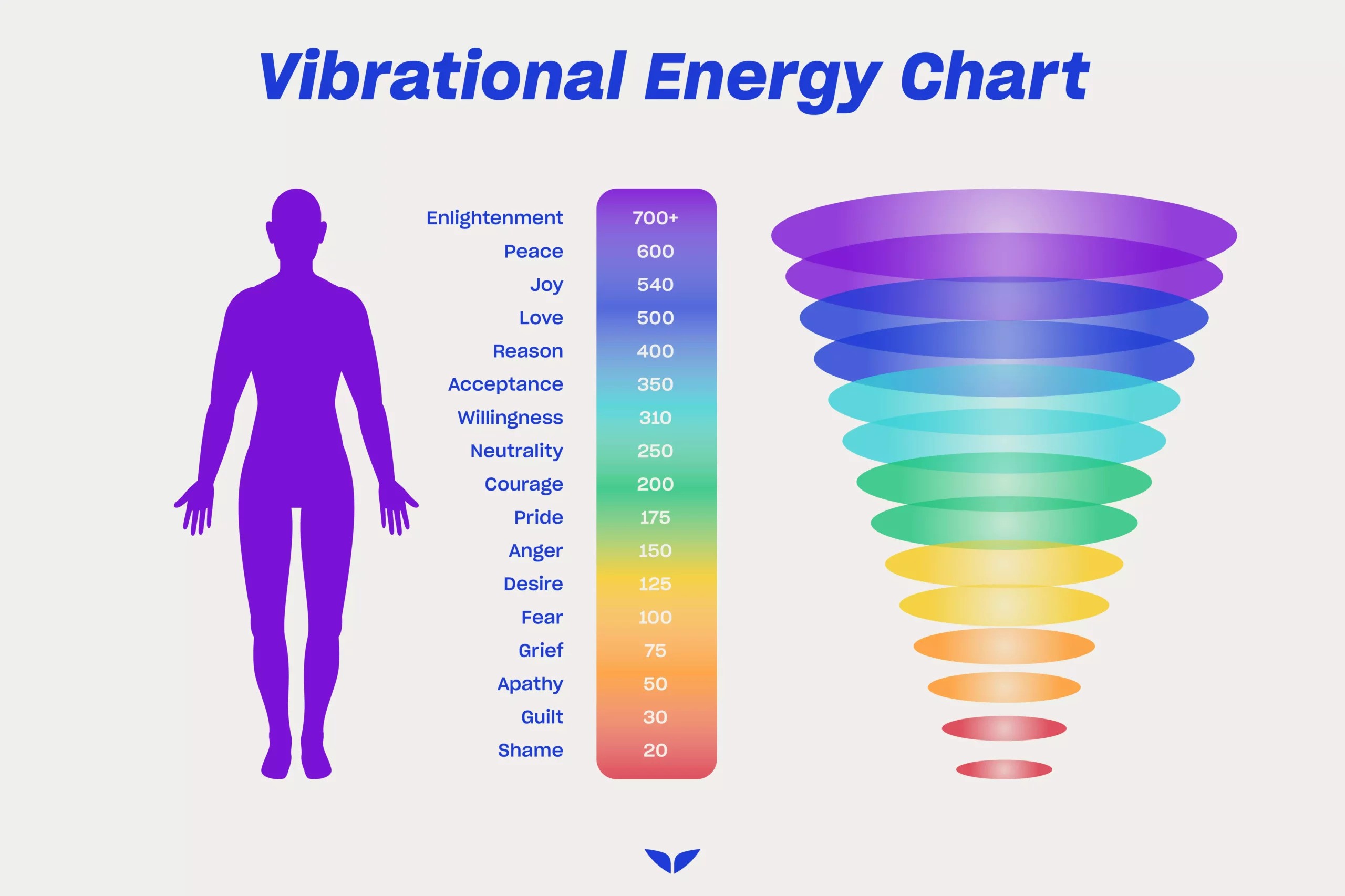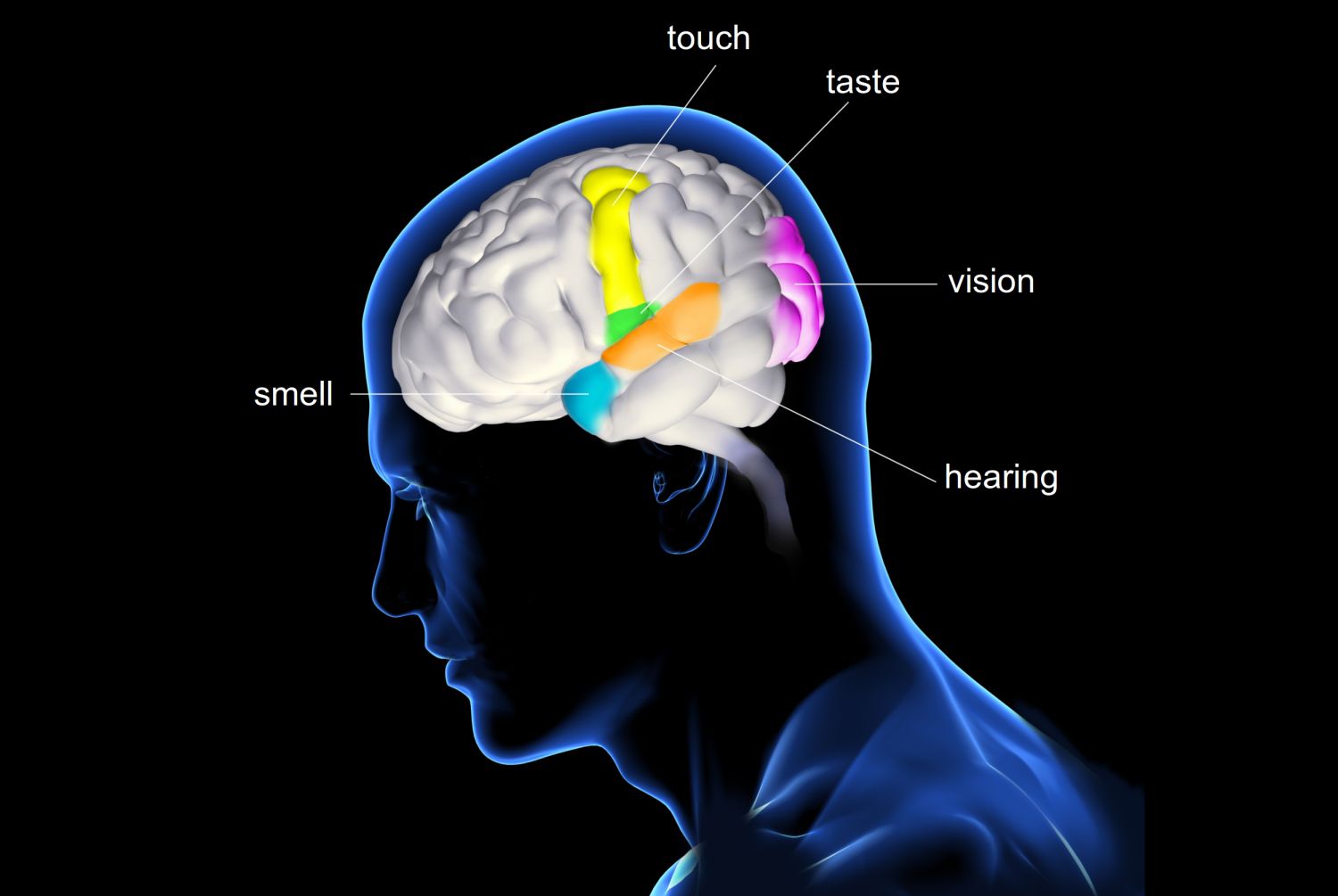Best Meditation For Stress Relief
Try meditation if stress makes you feel uneasy, tense, or concerned. Even a few minutes of meditation might help you reclaim your inner peace and quiet. People have been meditating for thousands of years. Meditation was established to help people understand the sacred and magical qualities of life.
These days, meditation is widely used for relaxation and stress reduction. Meditation allows you to focus your attention and rid your mind of any jumbled thoughts that are irritating you and causing stress. Physical and emotional well-being may be improved as a result of this process.
Emotional well-being and meditation:
When you meditate, you can rid your mind of the information overload that accumulates throughout the day and contributes to stress.
The following are some of the emotional advantages of meditation:
- Taking a fresh look at challenging situations
- Developing stress management skills and increasing self-awareness
- Reducing unpleasant emotions by focusing on the present
- Increasing creativity and imagination
- Increasing tolerance and patience
Illness and meditation:
Meditation may be good if you have a medical ailment, especially one that is exacerbated by stress. Despite the fact that a growing body of scientific evidence supports the health advantages of meditation, other academics say it is still too early to draw judgments about its potential benefits.
In light of this, some research suggests that meditation may aid in the management of symptoms associated with conditions such as:
- Anxiety
- Asthma
- Cancer
- Chronic pain
- Depression
- Heart disease
- High blood pressure
- Irritable bowel syndrome
- Sleep problems
- Tension headaches
Best Meditation For Stress Relief
1. Mindfulness meditation
Mindfulness is a type of meditation that encourages people to be aware and present in the now.
Mindfulness increases awareness of one's current surroundings rather than obsessing over the past or fearing the future. A lack of judgment is critical to this. As a result, rather than dwelling on the aggravation of a protracted wait, a practitioner will merely observe it without passing judgment.
People can practice mindfulness meditation in practically any place. A person might quietly notice their surroundings, including the sights, sounds, and smells they encounter, while waiting in line at the grocery shop, for example.
Most types of meditation include some degree of mindfulness. Progressive relaxation gives attention to regions of tension in the body, while breath awareness teaches practitioners to be mindful of their breathing.
Because awareness is a prevalent topic in various types of meditation, it has gotten a lot of attention.
2. Loving-kindness meditation
According to some published studies, this meditation practice can help with social anxiety, marital conflict, rage, and coping with the stresses of long-term caring. 1
According to other research, loving-kindness meditation can improve optimism and diminish negativity by increasing the activity of brain areas involved in emotional processing and empathy.
To practice loving-kindness meditation, try the following easy and efficient techniques.
Step 1: Make some quiet time for yourself (even a few minutes will be enough) and relax. Take a few deep breaths while closing your eyes and relaxing your muscles.
Step 2: Imagine yourself in perfect bodily, emotional, and mental well-being, as well as inner peace. Imagine experiencing complete love for yourself, thanking yourself for everything you are, and understanding that you are perfect just the way you are. Imagine breathing out tension and breathing in sentiments of love as you focus on this sense of inner serenity.
Step 3: Three or four positive, reassuring statements should be repeated to yourself.
- May I be happy
- May I be safe
- May I be healthy, peaceful, and strong
- May I give and receive appreciation today
Then, for a few moments, wallow in emotions of warmth and self-compassion. If your attention wanders, gently bring it back to these loving-kindness feelings. Allow yourself to be enveloped by these emotions.
3. Body Scan Meditation
It is common to carry stress in the form of tension in the body when it occurs. We experience this tension so frequently that we fail to recognize it and carry it with us indefinitely.
Physical tension can lead to an increase in emotional tension, resulting in a stress "feedback loop." The body scan meditation can help you become more aware of your physical tension while also assisting you in releasing it.
4. Kundalini yoga
Kundalini yoga is a physically active meditation that incorporates movement, deep breathing, and mantras. The majority of people learn from a teacher or attend a class. The poses and mantras, on the other hand, can be learned at home.
Kundalini yoga, like other types of yoga, can help you gain physical strength and reduce pain. It also has the potential to improve mental health by lowering anxiety and depression.
Yoga, for example, was found to reduce pain, increase energy, and improve overall mental health in a 2008 study of veterans with chronic low-back pain.
5. Zen meditation
Zen meditation, also known as Zazen meditation, is a type of meditation that can be practiced as part of Buddhist practice. Because Zen meditation entails certain stages and postures, many Zen practitioners train under a teacher.
Finding a comfortable position, focusing on breathing, and carefully observing one's thoughts without judgment is the goal.
This type of meditation is comparable to mindfulness meditation, but it requires more effort and discipline. It may be preferred by those seeking both pleasure and a new spiritual path.



